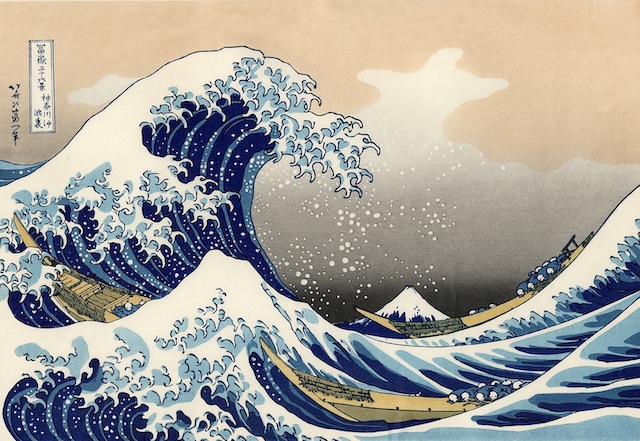Wednesday Tokyo reported 7,377 cases of coronavirus as Japan grapples with another wave of the pandemic. According to the health ministry, the number of cases nationwide was 454 on Jan. 1, but has reached a record high of more than 46,000.
Japan has so far weathered the coronavirus pandemic relatively well, with infection numbers and deaths just a fraction of many Western countries. But it is now struggling with a surge in the number of people infected with the highly contagious and rapidly spreading omicron variant of the virus.
The timing of the current surge in cases is clearly related to public behavior during the New Year holiday period. Evidence suggests that the central government’s slow and inefficient rollout of a vaccination plan and the inconsistent start-stop decisions tightening and loosening guidelines on activity have greatly undermined business and general public confidence and compliance.
To curb the rapidly spreading omicron variant, the central government has once again decided to implement quasi-emergency measures designed to restrict social and business activities across 16 prefectures through February 13th. It also temporarily suspended its so-called vaccination-testing package that was designed to maintain economic and social activities. The decision comes less than four months after Japan attempted to resuscitate economic activity by fully lifting emergency measures.
Under largely voluntary quasi-emergency measures, residents are asked to refrain from non-essential activities and avoid traveling across prefectural borders. Prefectural governments can impose targeted measures including shortened business hours for eateries and other establishments, restrictions on the sale of alcohol in restaurants and bars, and/or limits on the number of customers in enclosed spaces.
Tokyo may ask restaurants and bars to close at 8 p.m. or 9 p.m. Establishments that have been certified for having approved anti-infection measures will be able to serve alcohol until 8 p.m. Uncertified restaurants and bars will be asked not to serve alcohol and close at 8 p.m.
However, there is unusual skepticism about the government’s decision being voice by business leaders, health care professionals and the general public. Skeptics question the need for and effectiveness of the policy citing Japan’s high vaccination rate, the less-deadly nature of the omicron variant and the predicted damage to the economy. With recent public opinion polls demonstrating that much of the population seems to believe that the omicron variant is not a serious disease, it is unclear how many people and business establishments will be willing to cooperate.
While current data suggests that people infected with omicron are less likely to get severely ill and most cases in Japan are among the young, government officials and health care professionals are concerned that if the number of infections continues to surge, the wave of infection could eventually spread among elderly people who are more likely to develop severe symptoms and quickly overwhelm the nation’s health care system.
Health care professionals have urged the government to speed up the rollout of booster vaccinations, especially for Japan’s considerable aging population. In response, the government has shortened the interval for third doses — not only for people age 65 and above but also for the general public from March. (I am scheduled to receive my booster on February 8th.)
All said, it remains to be seen whether these renewed quasi-emergency measures will successfully reduce the spread of infections.






